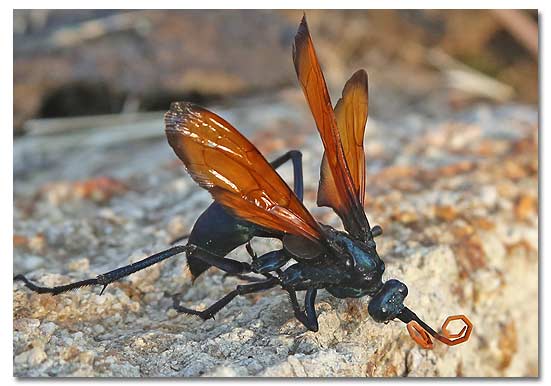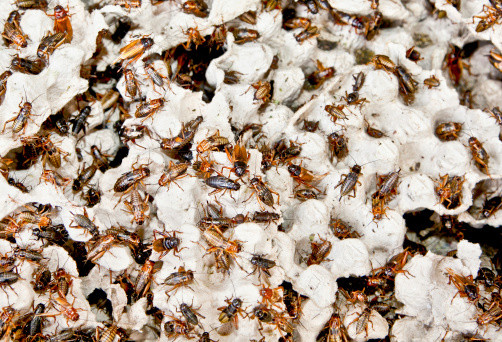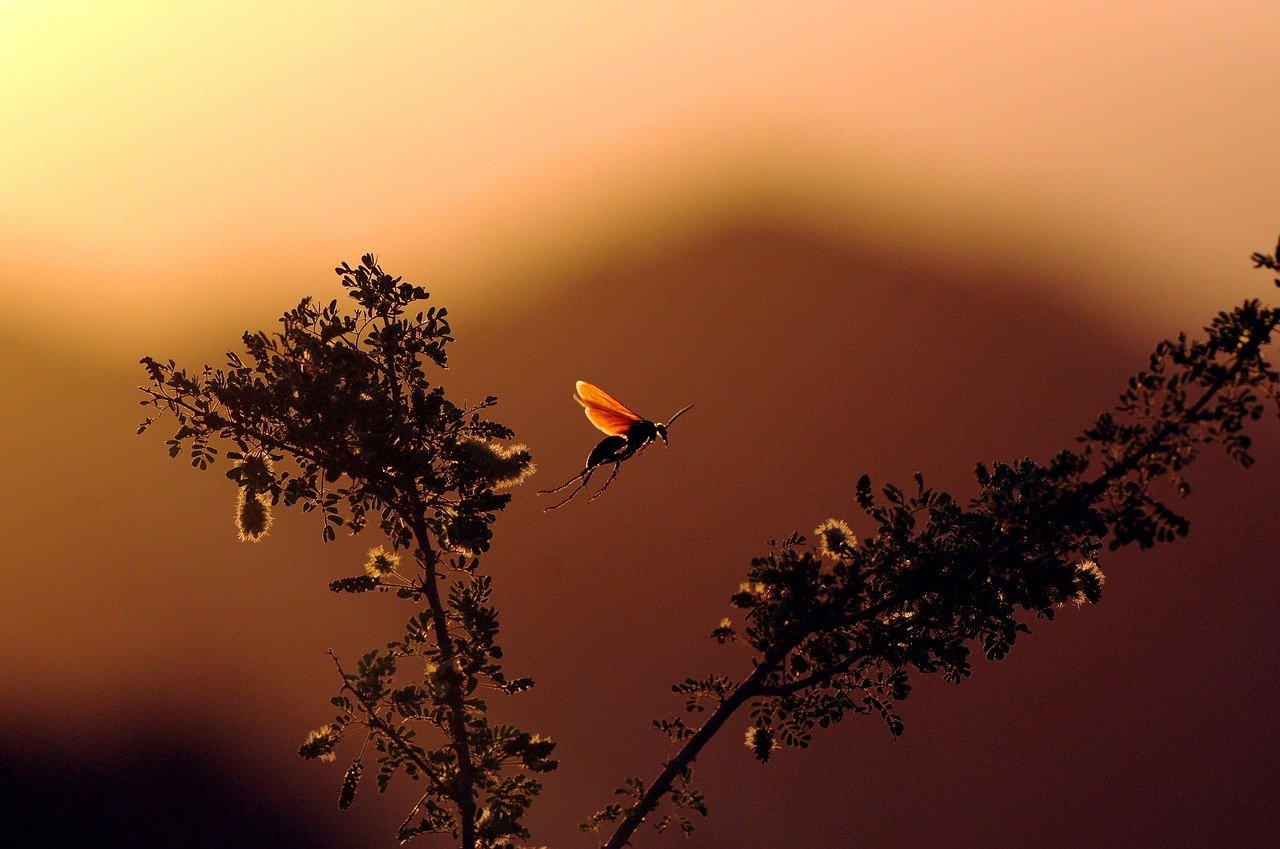What Is The Biggest Bug In The U.S.?
What is the largest bug in the United States? Could it be a long-legged spider that hides in your home waiting to come out while you sleep or is it a flying moth that approaches you on a bright sunny day? I must say just thinking about the largest insect in the United States can give me the creepers. With a little research, the largest insect in the United States average size has been reported to be 1.5 inches long and can grow up to 4.5 inches.
To tell you the truth I was expecting the largest insect in the US to be like a horror movie such as an arachnid as size as a large dog. You will find the largest bug in the US likes to lurk and are common all over the United States of America. Like our friendly spiders, it also likes to ambush its prey and suck it dry. The difference between the two? Unlike the spider, this insect lives in fresh calm water such as lakes and ponds. I bet most people don’t know they are taking a summer swim with the largest insect in the US! The name of this insect is called the Giant Water Bug also known as toe-biters. That’s right, these bugs actually bite and have no problem taking a taste of one of your toes! The bug is in the family of Belostomatidae, freshwater hemipteran insects.

Besides taking a bite of our feet these insects, the giant water bug-like to eat small fish, snakes, and tadpoles and can take down prey several times larger than themselves. The giant water bug can swim around using their flat back legs with tiny hair that helps them move around. The bug has an oval-shaped body, wings, and pincer front appendages. The large bug uses its pincer to capture its prey, inject venomous saliva and suck its food dry.
Speaking of food some countries find these bugs especially delicious in some boiled saltwater for a special meal. It is known that out of defense the giant water bug will release fluid from the anus that smells poorly to keep his enemies away. I will not be trying these bugs out for a snack anytime soon. Breathing for these bugs is very interesting for they get oxygen from holes in their body that connect and fill their trachea. The bug will store an oxygen bubble under their wing so they can slowly breathe underwater.

An unexpected quality of these bugs is that the male takes care of the babies by carrying the 100+ eggs sack on their backs for a couple of weeks until they hatch. It takes about two months for the youth of a giant water bug to reach adulthood and during that time they like to hang out in murky water bottoms. I will for sure be looking out for these blood-sucking monsters next time I take a dip in a calm pool of water. It has also been said that these bugs like to deceive their enemies by playing dead for a few minutes and then attack with a nasty bite. During mating season in large numbers, the bugs like travel to different pools of water or towards light earning another name as the “Electric Light Bugs”. With their many names, the giant water bug can be very pesty to us humans but a very interesting insect that can do many wondrous things.








